| T O P I C R E V I E W |
| Pierre |
Posted - 07/01/2010 : 22:13:15
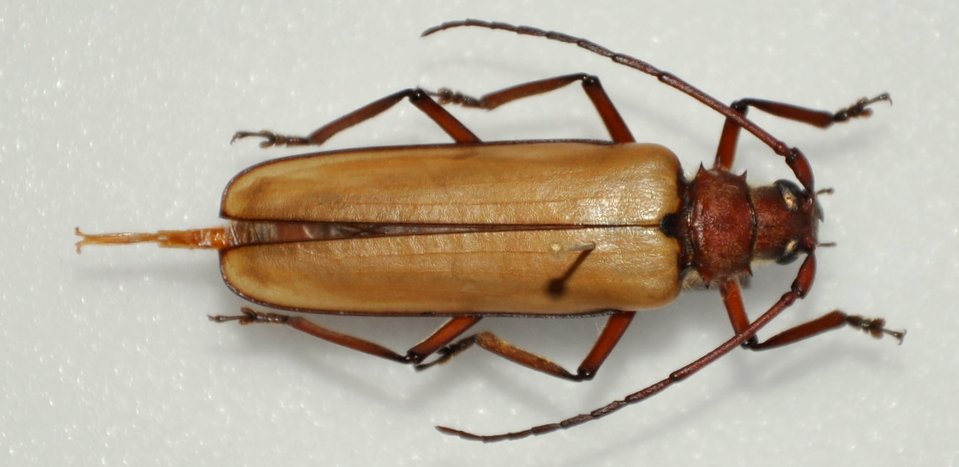
A female from the Dawna Range / Myanmar.
35 mm |
| 15 L A T E S T R E P L I E S (Newest First) |
| nalslan |
Posted - 07/03/2013 : 15:35:02
OK, now I got the paper. Thank you, Francesco!
Here's a picture for the tooth process.
It's not so evident as the one in fig 24 of Komiya and Drumont (2007). I guess it might be individual variation or sex differences, the fig 24 in the paper is a female, the one I posted is a male. Huh...
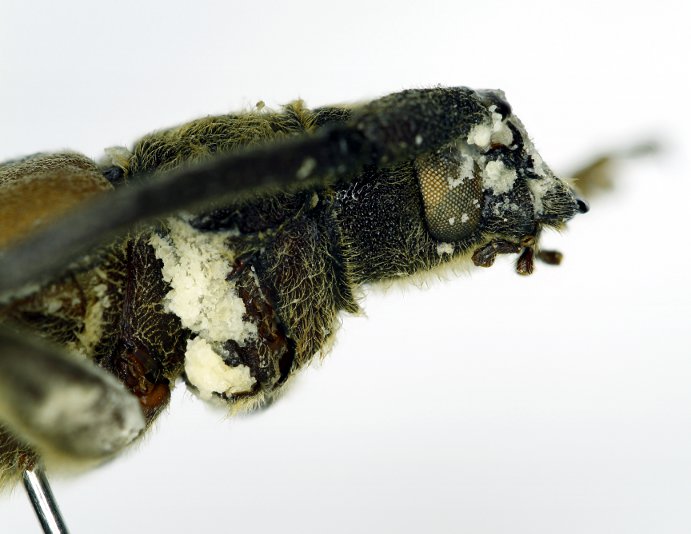
53.84 KB |
| Francesco |
Posted - 06/03/2013 : 15:50:11
quote:
Originally posted by nalslan
That will be great! Please send me the monographs. Thank you, Francesco!
Ok, I send you.
The toothed process should be in this point:
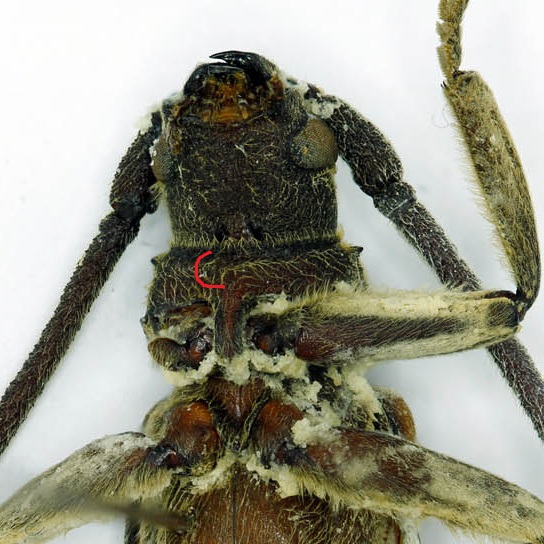
133.83 KB |
| nalslan |
Posted - 06/03/2013 : 15:22:06
That will be great! Please send me the monographs. Thank you, Francesco!
BTW, is the red dot on the attached picture the place that I should check for your words "the apical margin of the prosternum has the toothed process". I'll try to have my friend to clean the specimen and repost it later.
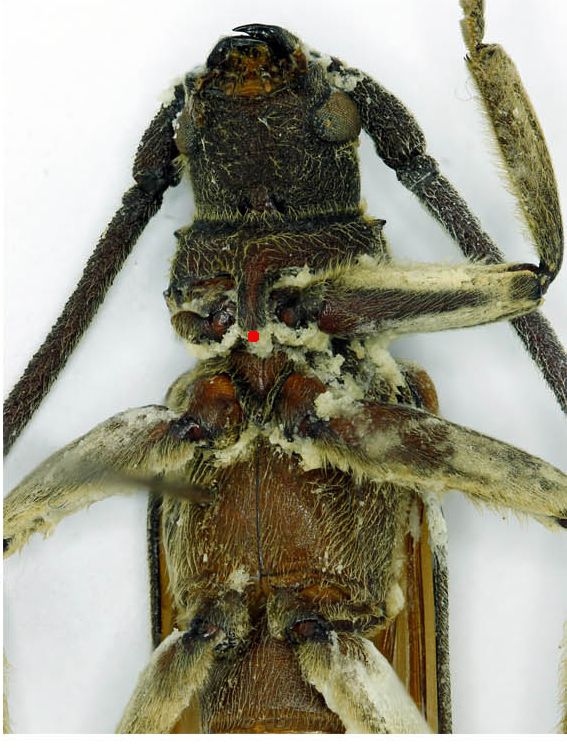
|
| Francesco |
Posted - 06/03/2013 : 14:01:33
quote:
Originally posted by nalslan
I have one I thought it is S. lividipennis which was collected from Guizhou China, but now I don't know.
I think yes but I do not understand if the apical margin of the prosternum has the toothed process.
Have you got the monographs to this genus? If not, I can send it to you. |
| nalslan |
Posted - 06/03/2013 : 09:48:00
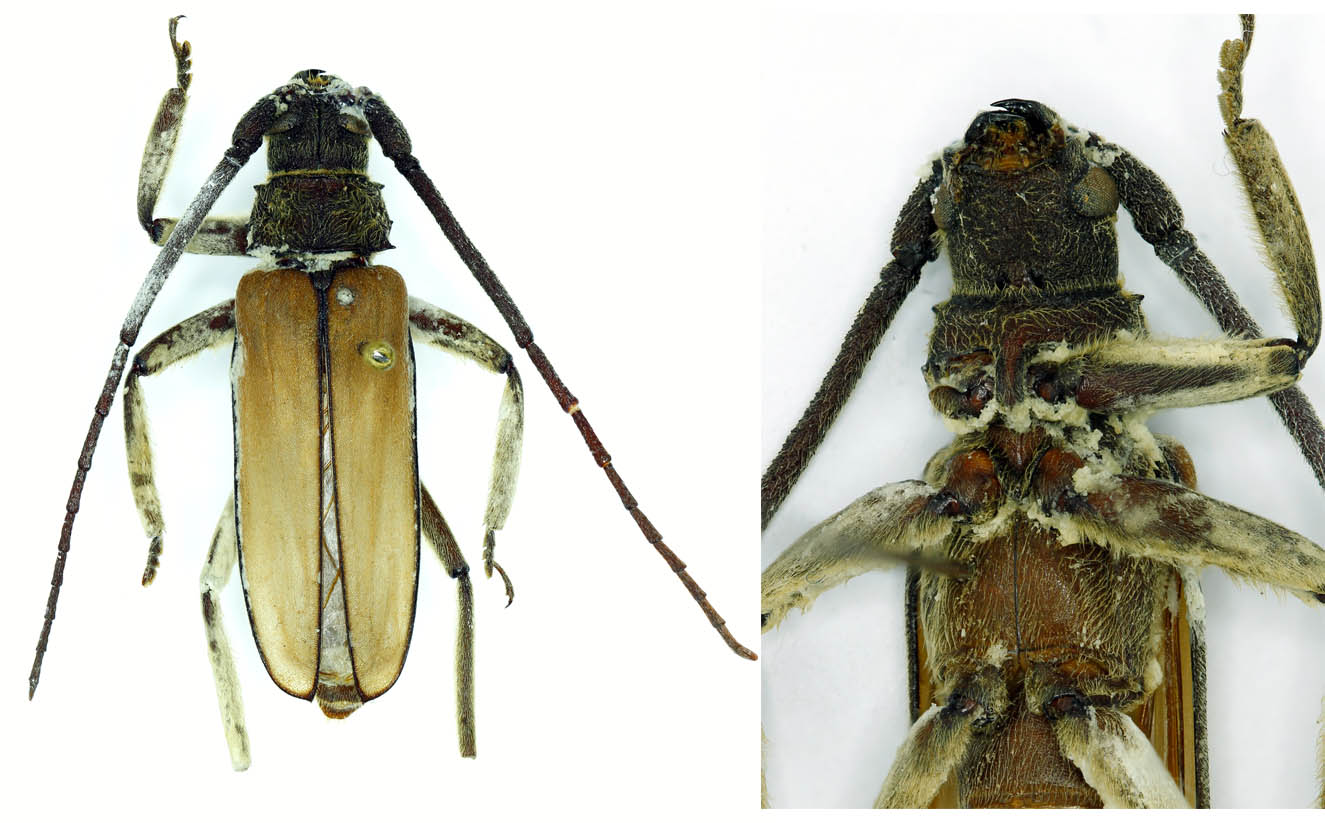
I just found this post.
I have one I thought it is S. lividipennis which was collected from Guizhou China, but now I don't know.
|
| Pierre |
Posted - 30/01/2013 : 19:18:16
Thank you Francesco, this is an oldie, indeed, and still unidentified... until now. |
| Francesco |
Posted - 30/01/2013 : 17:17:11
Coming back to this old topic, the former picture shows a small but evident tooth at the apical margin of the prosternum.
Thus, it is a female of Spinimegopis lividipennis (Lameere, 1920). |
| Pierre |
Posted - 13/01/2012 : 20:38:24
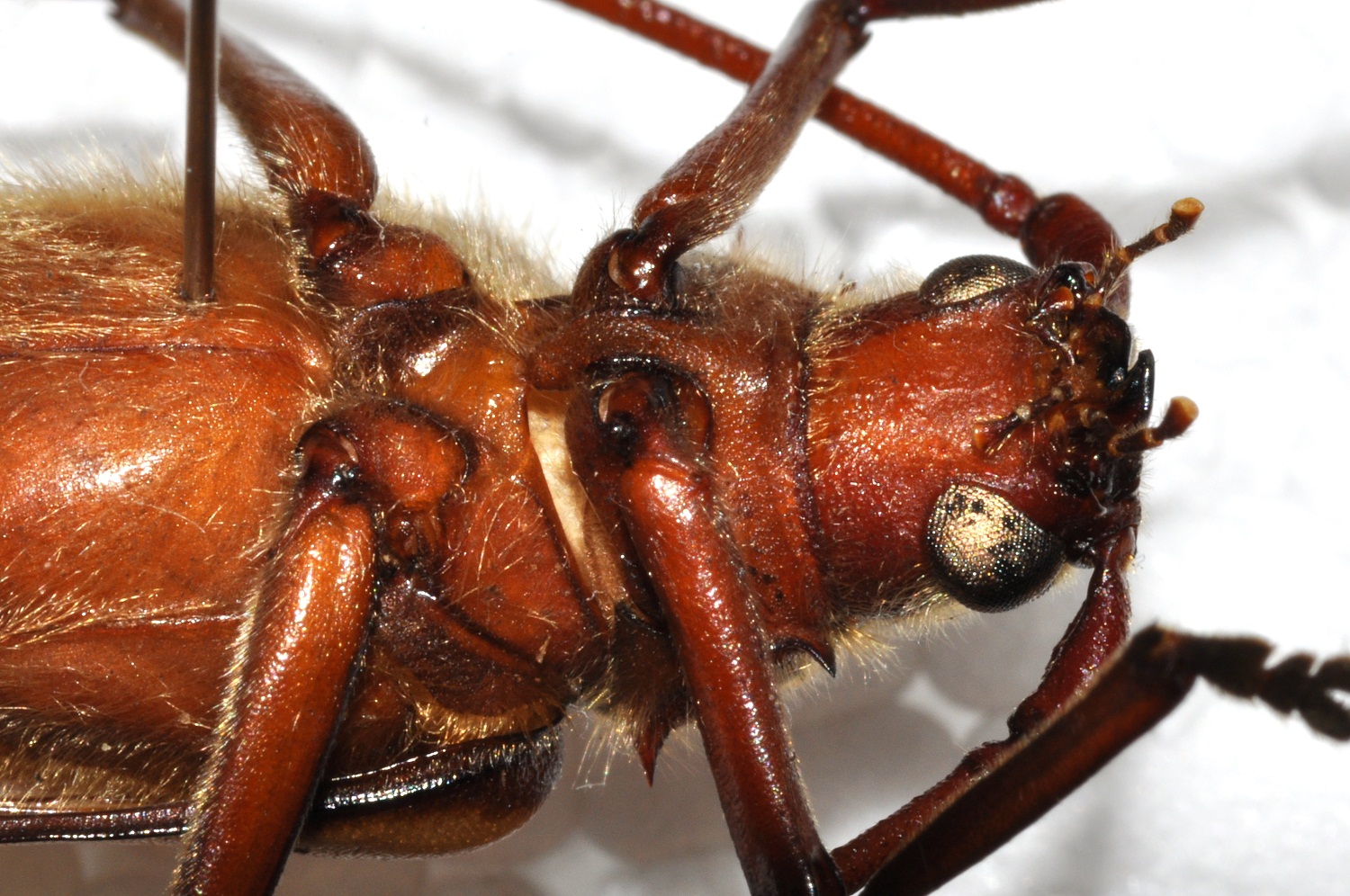
Or this? |
| Pierre |
Posted - 13/01/2012 : 20:37:24
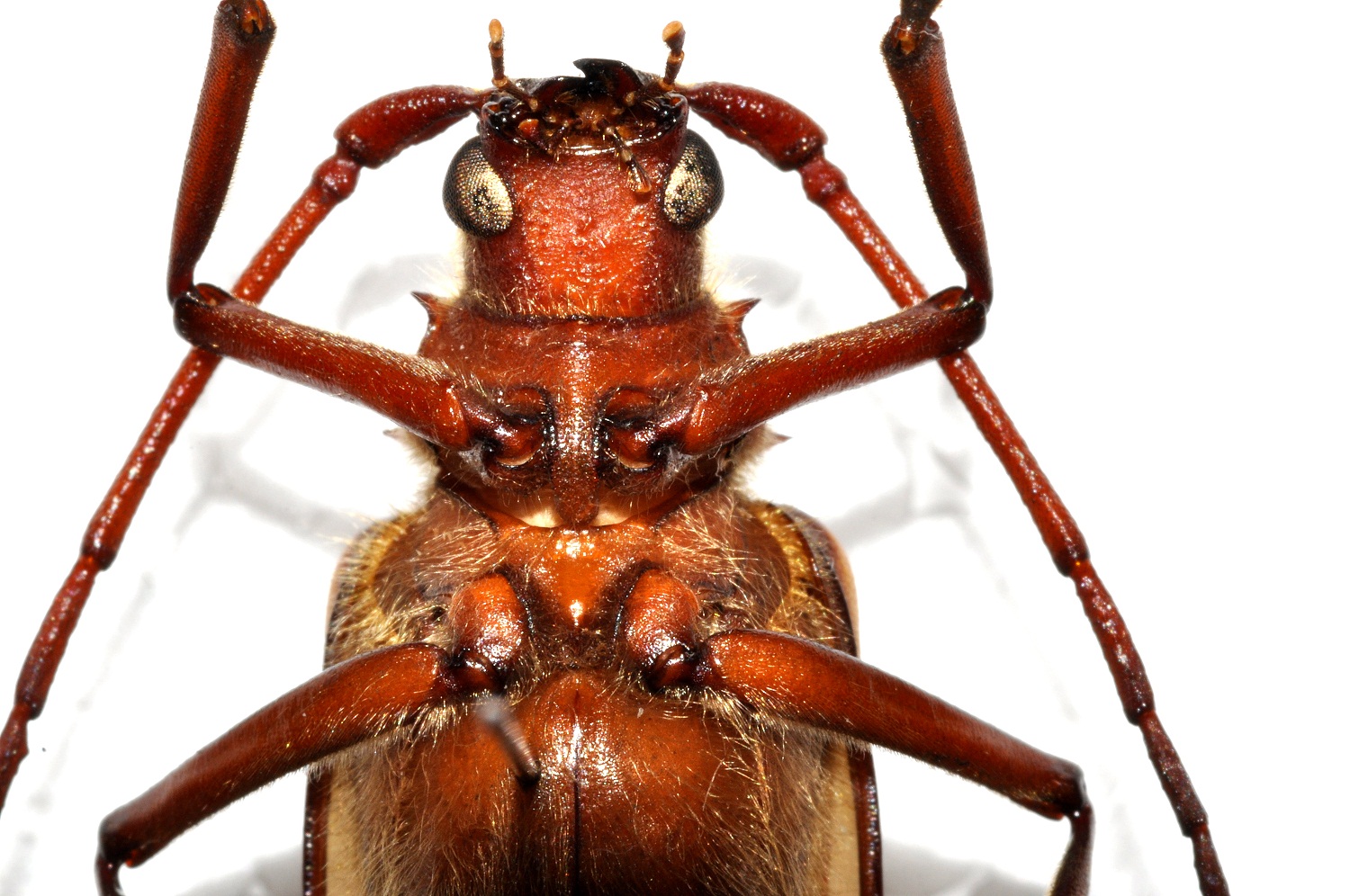
I think you have to see the prosternal process. - This helps? |
| Francesco |
Posted - 12/01/2012 : 21:25:29
Yes: it should observe if the prosternum has a posterior conspicuous tubercle or it is smooth. |
| Pierre |
Posted - 12/01/2012 : 07:43:19
Hi all, thank you for coming back with this topic.
Francesco, what do you need to see from the ventral side? Any particular detail?
|
| Francesco |
Posted - 11/01/2012 : 21:26:14
You are right: I have identified this species before reading the revision by Drumont & Komiya.
Maybe S. kachina is a better ID, but I have to examine the ventral side |
| timoinsects |
Posted - 11/01/2012 : 12:00:50
the colour is much darker, the specimen you showed is very light colour. |
| timoinsects |
Posted - 11/01/2012 : 11:59:56
It's not Spinimegopis tibialis
the size 35mm? is very short.
Spinimegopis tibialis is much longer. Here's a photo of my specimen collected in S.E.Tibet, a female.
|
| Francesco |
Posted - 08/01/2010 : 09:57:42
Spinimegopis tibialis (White, 1853), described from North India but also known from Tibet and Nepal.
A mountain species likely widespread in Myanmar too. |


